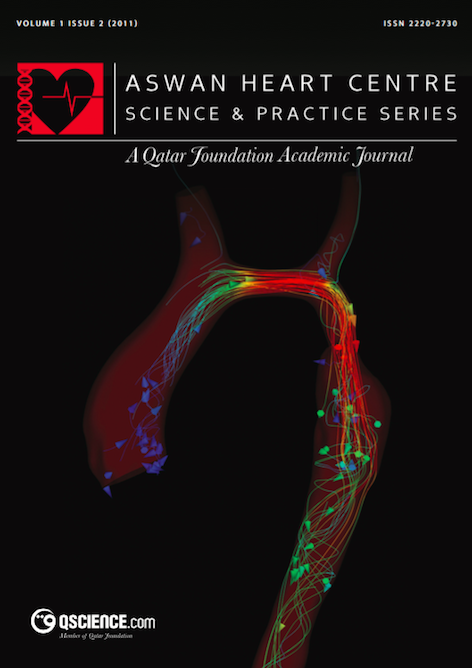Origin and fates of the proepicardium
Abstract
The embryonic heart initially consists of only two cell layers, the endocardium and the myocardium. The epicardium, which forms an epithelial layer on the surface of the heart, is derived from a cluster of mesothelial cells developing at the base of the venous inflow tract of the early embryonic heart. This cell cluster is termed the proepicardium and gives rise not only to the epicardium but also to epicardium- derived cells. These cells populate the myocardial wall and differentiate into smooth muscle cells and fibroblasts, while the contribution to the vascular endothelial lineage is uncertain. In this review we will discuss the signaling molecules involved in recruiting mesodermal cells to undergo proepicardium formation and guide these cells to the myocardial surface. Marker genes which are suitable to follow these cells during proepicardium formation and cell migration will be introduced. We will address whether the proepicardium consists of a homogenous cell population or whether different cell lineages are present. Finally the role of the epicardium as a source for cardiac stem cells and its importance in cardiac regeneration, in particular in the zebrafish and mouse model systems is discussed.
Downloads
Published
Issue
Section
License
This is an open access article distributed under the terms of the Creative Commons Attribution license CC BY 4.0, which permits unrestricted use, distribution and reproduction in any medium, provided the original work is properly cited.


